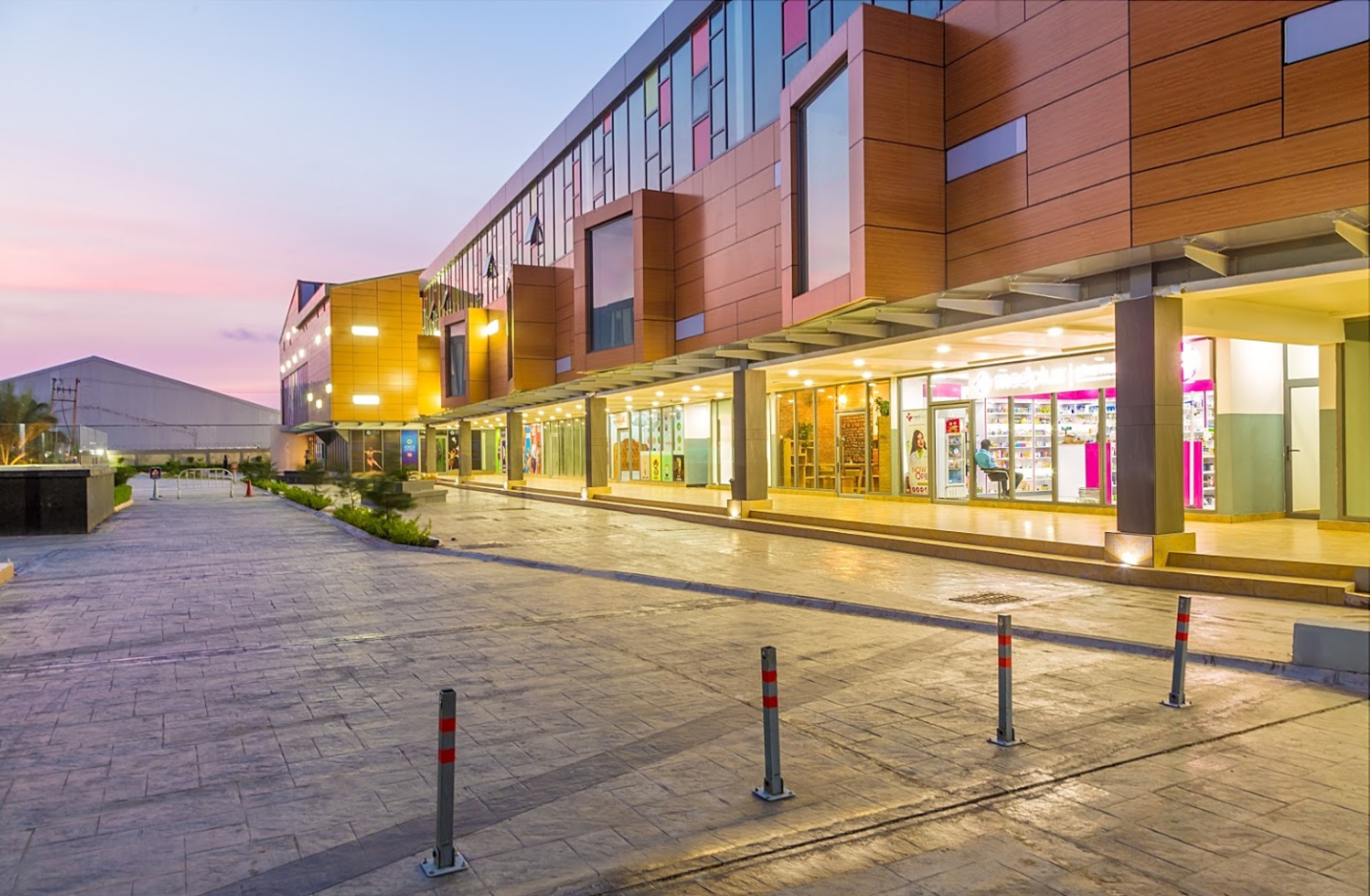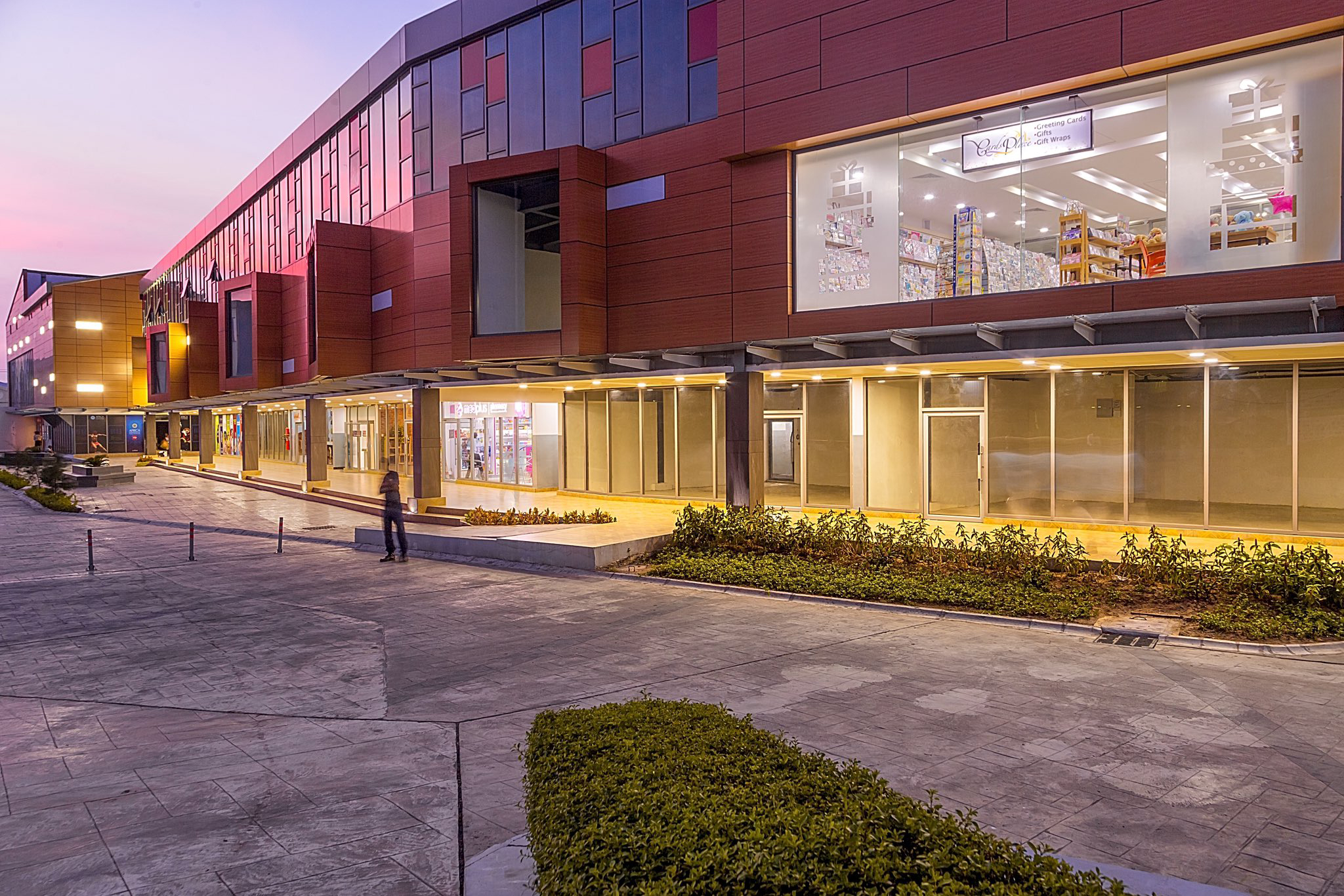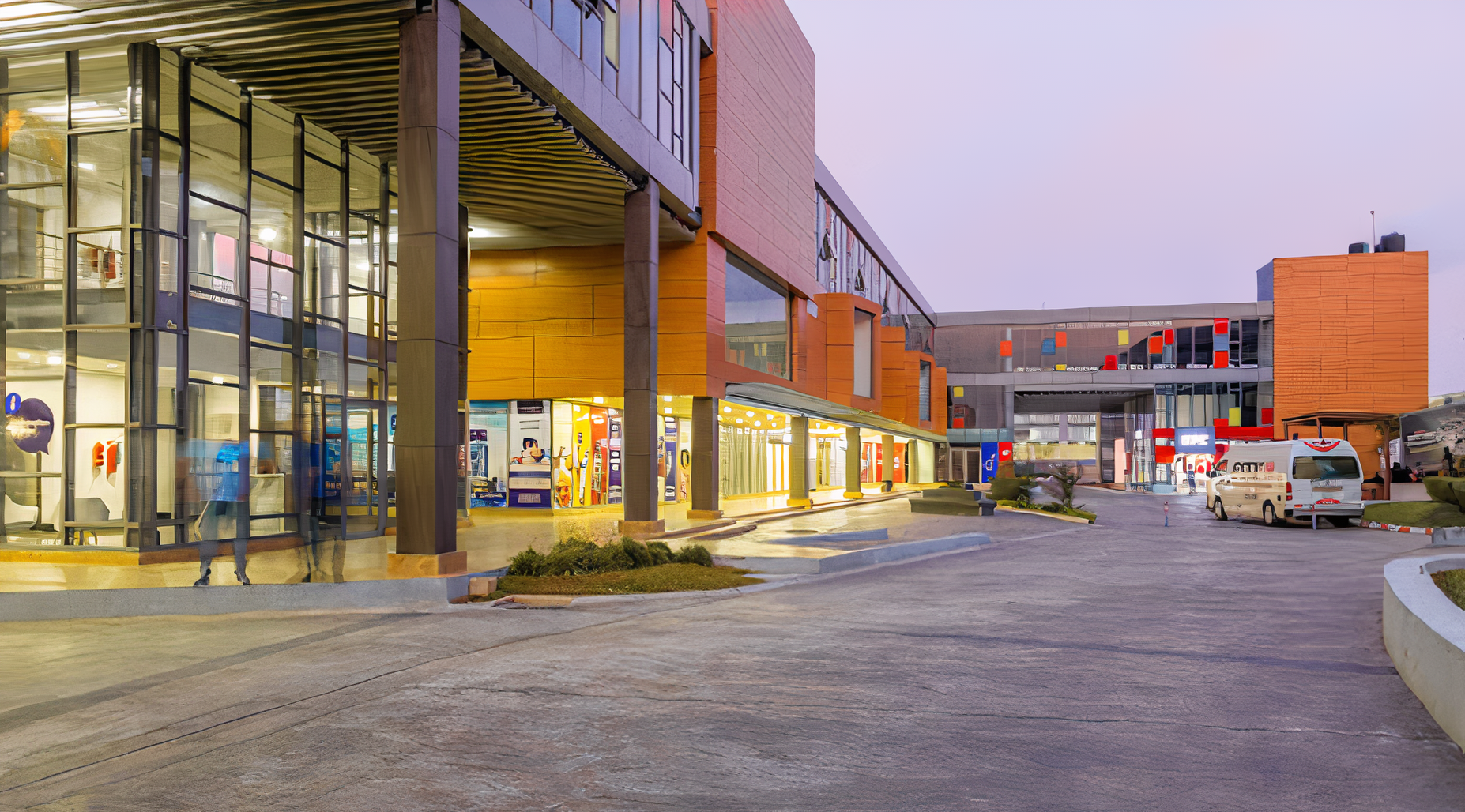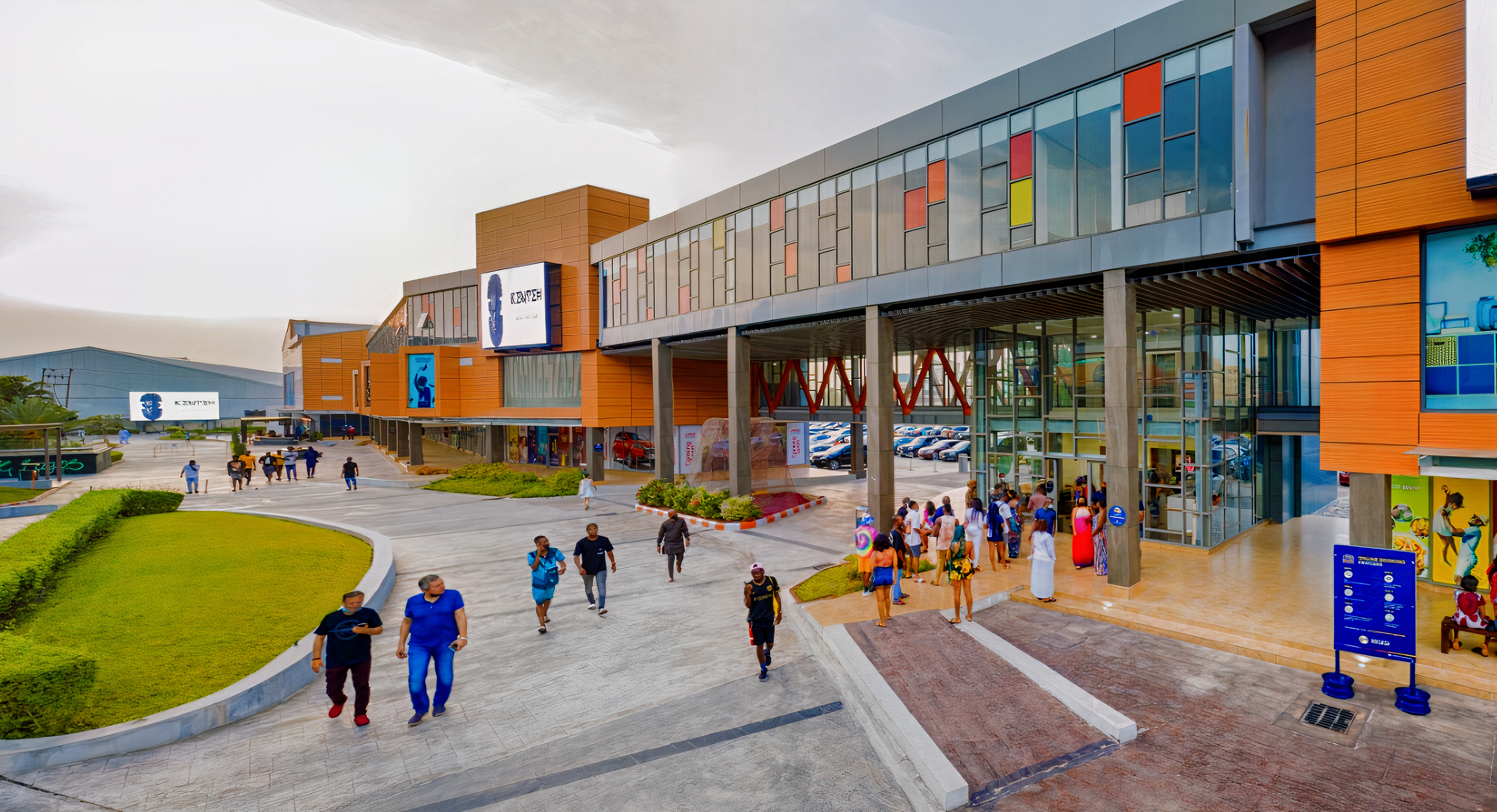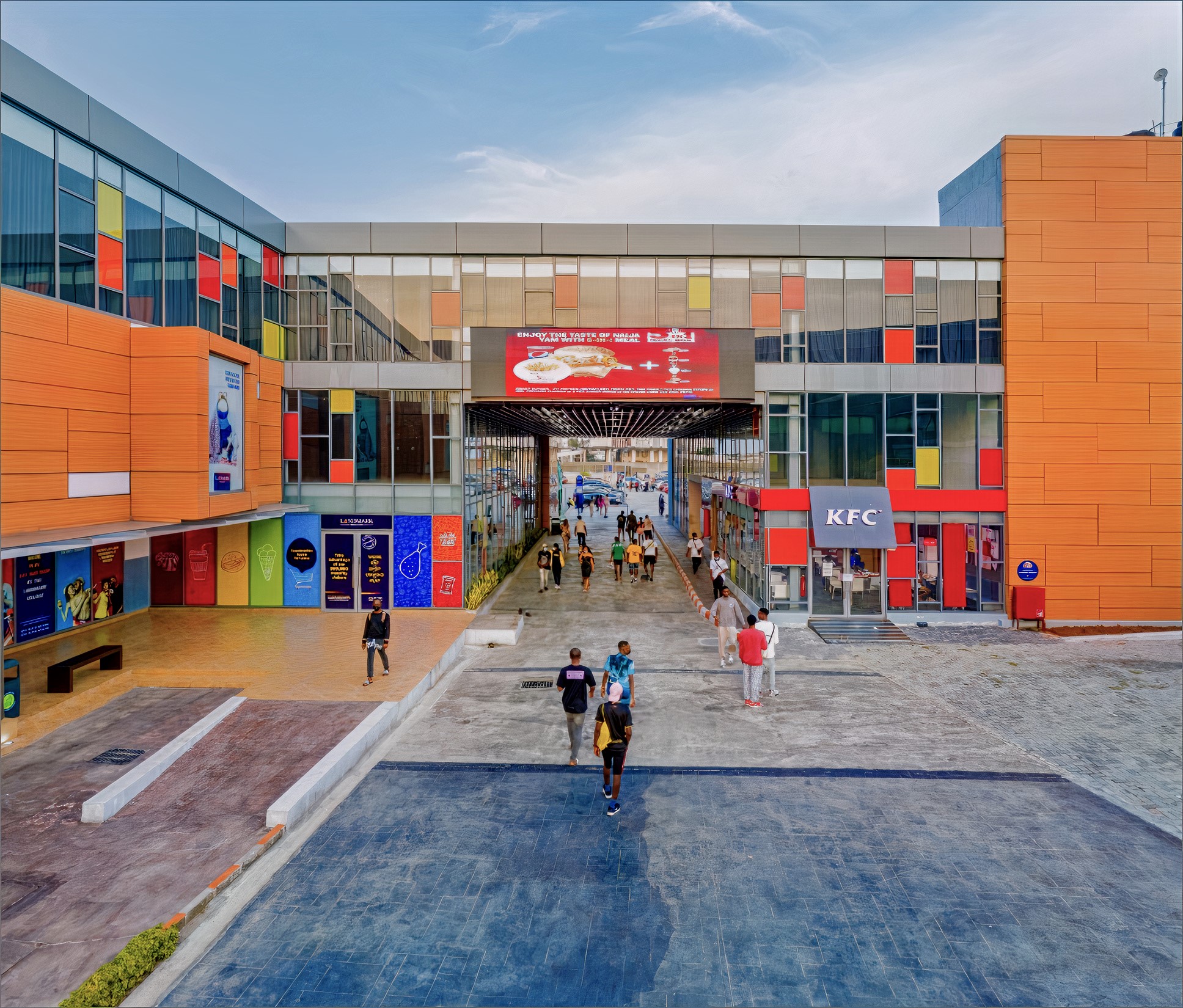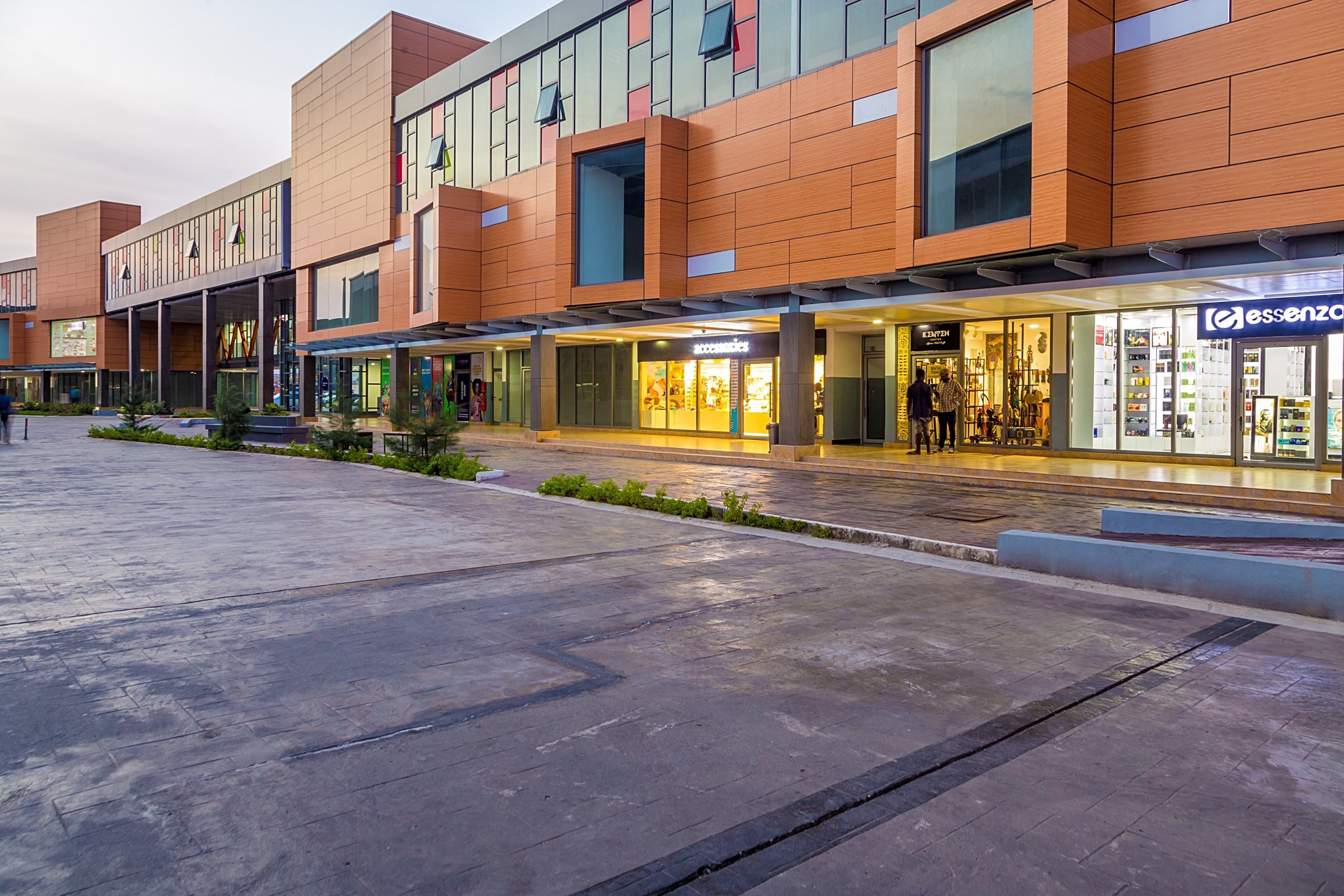Landmark Retail Boulevard, Nigeria - A Case Study
Contents |
[edit] Design objective
The Landmark Village is a 38,000 sqm mixed-use site along the Atlantic Ocean beach front in Victoria Island, Lagos set to emulate Rosebank in Johannesburg, the Victoria and Alfred Waterfront in Cape Town and Canary Wharf in London. The site is being developed into an ultra-modern business, leisure and lifestyle destination over the next 5 years.
It was noted as the most visited leisure destination in Lagos, with an average footfall of up to 55,000 visitors weekly.
The first phase of the Landmark Village scheme is complete with the Landmark Events Centre (the largest purpose-built event centre in Lagos), as well as the first and only Hard Rock Cafe in West Africa and the Oriental themed Shiro restaurant.
[edit] Planning
The Landmark Group has appointed ANA as the master plan and detailed engineering consultants for this very challenging site. In order to utilise the complete potential of the site, the sequential mode of development was planned as a business development scheme to have an interconnected revenues and development cost.
ANA designed the master plan, as a series of incremental plans, allowing the client to keep on offering tangible and substantial improvements and results to their tenant businesses, while they continued to improve and enhance the infrastructure. The Principle applied was to create more than 3 revenue streams with no one type of stream more than 60%.
Once the Landmark Village is fully complete, the site will include The Landmark WaterView Luxury Residential Apartments, a 4 Star Renaissance Hotel by Marriott International, Marriott Executive Apartments, over 20,000sqm of office space and the noteworthy Landmark Village Retail Boulevard.
The Landmark Event Centre is truly a well-known landmark in Victoria Island, Lagos, and the business hub of Nigeria.With this consideration of Existing Event Centre and usability of facilities, the design principles of Place making were adopted and applied. The intentions were to create public spaces that promote people’s health, happiness, and well-being.
[edit] Place-making
Integration of buildings with public plazas with uninterrupted walkable connectivity was designed to develop an Urban spaces based on “live – work – play”. Pedestrian movement and public nodes were strategically planned leading to destination hub at both ends and Intersection axis connecting the entrance to ocean.
All of this to be constructed while the event centre and the restaurants remain live.
The first phase of development was high end retail/leisure broad-walk and office spaces. The retail block was designed as a three storey structure consisting of line shops, supermarket and cinema on ground and first floor and open plan office space/ training centre on second floor. The linear strip retail created an envelope along the boulevard and hence giving that space a sense of enclosure and yet open from all fronts.
[edit] Streetscape
Delivering the public realm is one of the most important components of any city or neighbourhood. As such, the built form and streetscape treatments provided were an attractive, safe and comfortable pedestrian environment, while maintaining the overall visual cohesiveness of the area.
This was achieved through a variety of design responses, which included open shop fronts, covered retail passage on ground floor, placement of stairs connecting floors and open plaza, acrylic light boxes being the part of facade cladding system.
The architectural details in terms of paving patterns, shaded seating, pop-up shops, adequate sidewalk widths, easy accessibility of ramps and other features for comfortable and safe movement spaces for both pedestrians and the disabled.
Well thought locations for utilities and advertising/signage were proposed to connect well to all other street functions. The appropriate provision for access, deliveries and parking of vehicles was provided and hence catering to high end commercial urban hubs.
With challenges development on the waterfront and construction in sequential phases, the complete master plan with detailed building designs and engineering were developed and coordinated on BIM. With the three dimensional design features the two other dimensions, time and cost were also coordinated together in this “Mixed Use Development”.
[edit] Sustainable features
Building load and structure system was optimised by using slab on grade footings, with almost zero excavation and loss of top soil. The existing green areas and trees were conserved on site. The building profile was adapted for existing trees. High performance glass with Low-E value was used for better thermal performance. A highly insulated roof, collecting 100% rain water on the roof was used. Couple of more features include 100% recycling of grey water, highly insulated facades, and a highly insulated roof. All shops and building doors were designed for sealing and avoidance of AC losses.
[edit] Sustainable initiatives
Local materials for all wet and concrete works were used. Work contracts for all wet works and MEP Engineering were awarded to local contractors as a commitment to local skill development and economy. Shaded walkways and universal access was created in all parts of the building to minimise urban heat island effect.
There was zero disruption to existing businesses on the premises, and construction management was carried out to avoid dust/ debris and safe walkways for patrons during construction which is a testament of financial sustainability.
All lighting was LED, external lighting was adapted into the facade, so no extra wiring/ cables or light fittings needed in the landscape. Low maintenance plant species were used. Spaces were planned with natural lighting for all office areas.
Charging points were planned for Electric Vehicles with internal movement designed for deployment the same. All kitchen waste from restaurant kitchens is being composted on site.
Anchors such as Family entertainment cute/ QSR and cinemas were placed as “magnets” on either end of the boardwalk. All the buildings, their facades and “show windows” were angled to allow deep views across the development, and a sense of adventure and discovery to different experiences, as one moved around the premises.
The “pedestrian” is the king here. In a city like Lagos, this is arguably, the safest, most fun “urban space” that can be enjoyed by people and families from all walks of life. The connection to the beach has be re-vitalized, and people enjoy “hanging out” in the new space, and, it drives retail business. There is a plan to construct residences and a Hotel linked to the event centre, and truly achieves a “Live – Work – Play” environment.
[edit] Detailing
The building detailing is done in simple, rectilinear steel frame, and the facade is designed to create maximum visibility and “pull” into the first floor retail areas. All areas can be accessed by service and emergency vehicles, but, the overall environment is overwhelmingly pedestrian.
The project is also a showcase of the prowess of design, engineering, detailing and project coordination at an international scale where the client and local contractors are from Lagos, design/engineering/ coordination from India and steel design/fabrication and facades from China, HVAC equipment from Vietnam.
--ANA Design Studio Pvt Ltd 11:12, 15 Mar 2022 (BST)
Featured articles and news
Government consultations for the summer of 2025
A year of Labour, past and present consultations on the environment, the built environment, training and tax.
CMA competitiveness probe of major housing developers
100 million affordable housing contributions committed with further consultation published.
Homes England supports Greencore Homes
42 new build affordable sustainable homes in Oxfordshire.
Zero carbon social housing: unlocking brownfield potential
Seven ZEDpod strategies for brownfield housing success.
CIOB report; a blueprint for SDGs and the built environment
Pairing the Sustainable Development Goals with projects.
Types, tests, standards and fires relating to external cladding
Brief descriptions with an extensive list of fires for review.
Latest Build UK Building Safety Regime explainer published
Key elements in one short, now updated document.
UKGBC launch the UK Climate Resilience Roadmap
First guidance of its kind on direct climate impacts for the built environment and how it can adapt.
CLC Health, Safety and Wellbeing Strategy 2025
Launched by the Minister for Industry to look at fatalities on site, improving mental health and other issues.
One of the most impressive Victorian architects. Book review.
Common Assessment Standard now with building safety
New CAS update now includes mandatory building safety questions.
RTPI leader to become new CIOB Chief Executive Officer
Dr Victoria Hills MRTPI, FICE to take over after Caroline Gumble’s departure.
Social and affordable housing, a long term plan for delivery
The “Delivering a Decade of Renewal for Social and Affordable Housing” strategy sets out future path.
A change to adoptive architecture
Effects of global weather warming on architectural detailing, material choice and human interaction.
The proposed publicly owned and backed subsidiary of Homes England, to facilitate new homes.
How big is the problem and what can we do to mitigate the effects?
Overheating guidance and tools for building designers
A number of cool guides to help with the heat.
The UK's Modern Industrial Strategy: A 10 year plan
Previous consultation criticism, current key elements and general support with some persisting reservations.
Building Safety Regulator reforms
New roles, new staff and a new fast track service pave the way for a single construction regulator.







